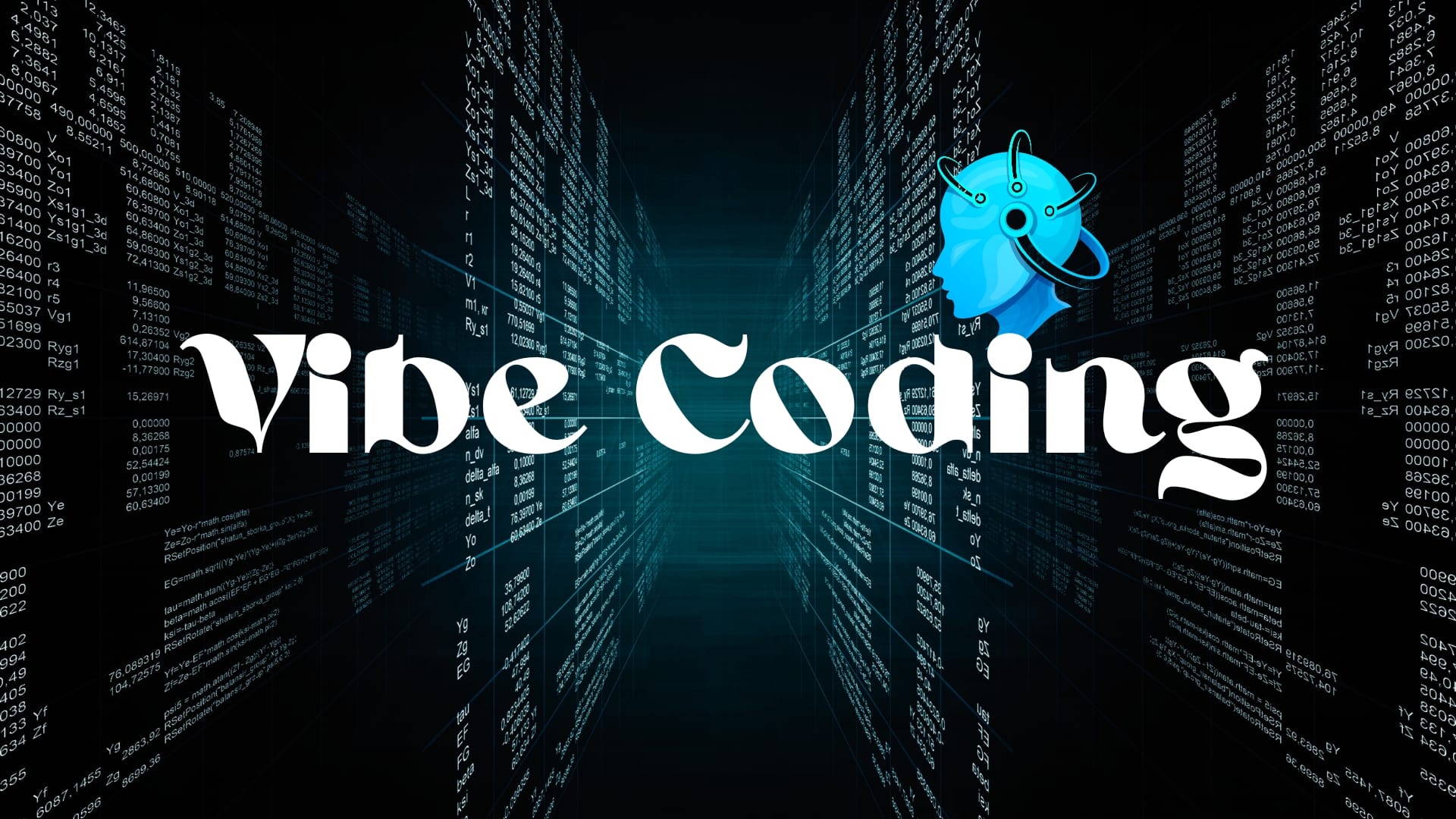In 2025, a groundbreaking approach to software development, known as Vibe Coding, is transforming the tech landscape. By leveraging artificial intelligence, Vibe Coding allows individuals, regardless of their programming expertise, to create functional applications through natural language prompts.
What is Vibe Coding?
Vibe Coding is an AI-dependent programming technique where users describe a problem or desired functionality in plain language. Advanced large language models (LLMs) then interpret these prompts to generate the corresponding code. This method shifts the traditional role of programmers from writing code manually to guiding and refining AI-generated outputs.
Coined by computer scientist Andrej Karpathy in early 2025, the term quickly gained traction in the tech community. By March, “Vibe Coding” was recognized in the Merriam-Webster Dictionary as a trending term in technology.
The Rise of Vibe Coding
Vibe Coding has democratized software development, enabling hobbyists, entrepreneurs, and professionals to build applications without extensive coding knowledge. For instance, New York Times journalist Kevin Roose utilized Vibe Coding to create “LunchBox Buddy,” an app that suggests lunch items based on available ingredients. While the app functioned effectively, it also highlighted the need for human oversight, as AI-generated code can sometimes produce unexpected results.
The approach has also found favor among startups. Y Combinator reported that 25% of its Winter 2025 batch had codebases predominantly generated through Vibe Coding, reflecting a significant shift towards AI-assisted development.
Tools Facilitating Vibe Coding
Several integrated development environments (IDEs) have emerged to support Vibe Coding:
- Cursor: An IDE tailored for AI-assisted coding, offering features that streamline the prompt-to-code process.
- Windsurf: Designed to enhance the Vibe Coding experience, Windsurf provides tools for testing and refining AI-generated code.
These platforms aim to make software development more accessible and efficient by integrating AI capabilities directly into the coding environment.
Benefits of Vibe Coding
- Accessibility: Empowers individuals without formal programming training to develop software applications.
- Efficiency: Accelerates the development process by generating code rapidly from simple prompts.
- Innovation: Encourages creative solutions by lowering the barrier to entry for software development.
Challenges and Considerations
- Accuracy: AI-generated code may contain errors or unintended behaviors, necessitating thorough testing and validation.
- Security: Ensuring that AI-produced code adheres to security best practices is crucial to prevent vulnerabilities.
- Dependence on AI: Over-reliance on AI tools may lead to a decline in traditional coding skills among developers.
The Future of Vibe Coding
As AI technology continues to advance, Vibe Coding is poised to become a staple in software development. Its ability to streamline the coding process and make development more inclusive aligns with the industry’s push towards innovation and efficiency.
However, it’s essential to balance the convenience of AI-assisted coding with the need for human expertise to ensure the creation of robust, secure, and reliable software.
Vibe Coding represents a significant shift in how we approach software development. By harnessing the power of AI, it opens up new possibilities for innovation and creativity in the tech world.

Leave a Reply
You must be logged in to post a comment.